

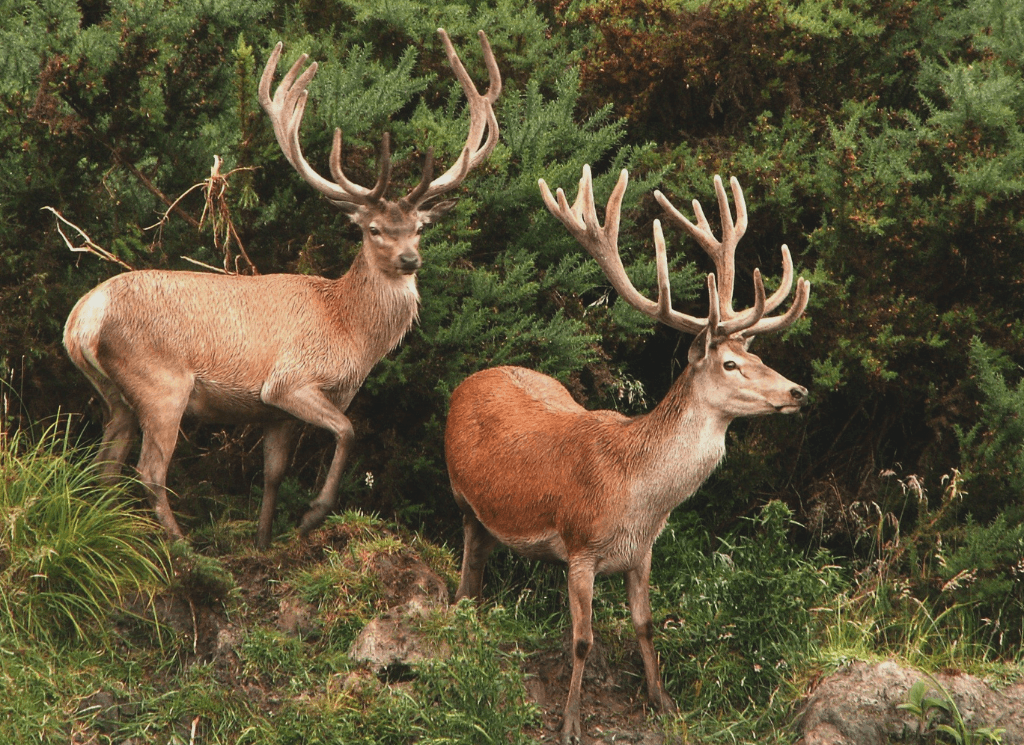
Hunting Experiences
21 December 2021
The summer months (December to February) are the velvet-growing and putting on body condition time of the year for Poronui male deer. Of the four deer species (red, fallow, sika, and rusa), only the rusa are out of kilter with the others.
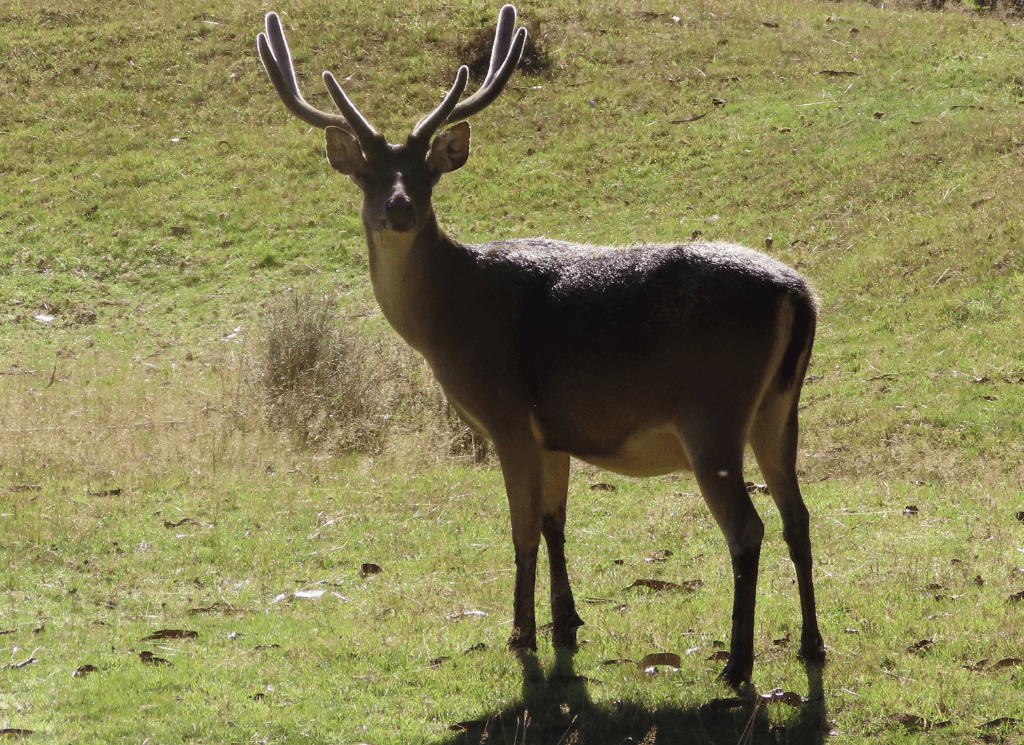
They’re three months behind and will still be in velvet when the main April rut rolls around. They rut later in August, which is in keeping with their native homeland breeding pattern.
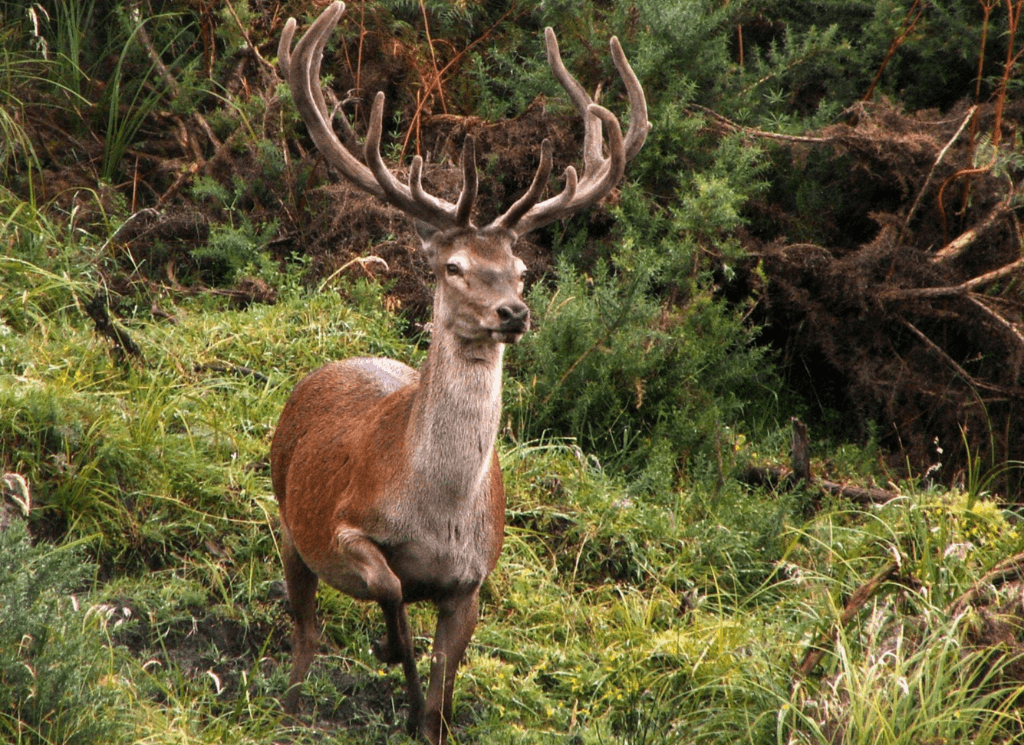
During summer, the anger, lust, and angst of rutting have been replaced with dopiness, fat bellies, non-aggressive bachelor company, and time spent chewing the cud on grassy clearings. Growing quality velvet means eating high-quality food, and lots of it, and in that respect, Poronui ticks all the dietician boxes. It has lots of high-calorie grass, shrubs, and browse.
It is no surprise that estate deer species are well-conditioned and a lot of Poronui free-range sika stags only leave the property when rutting, and head straight back home when the rut is over. They know what side their bread is buttered.
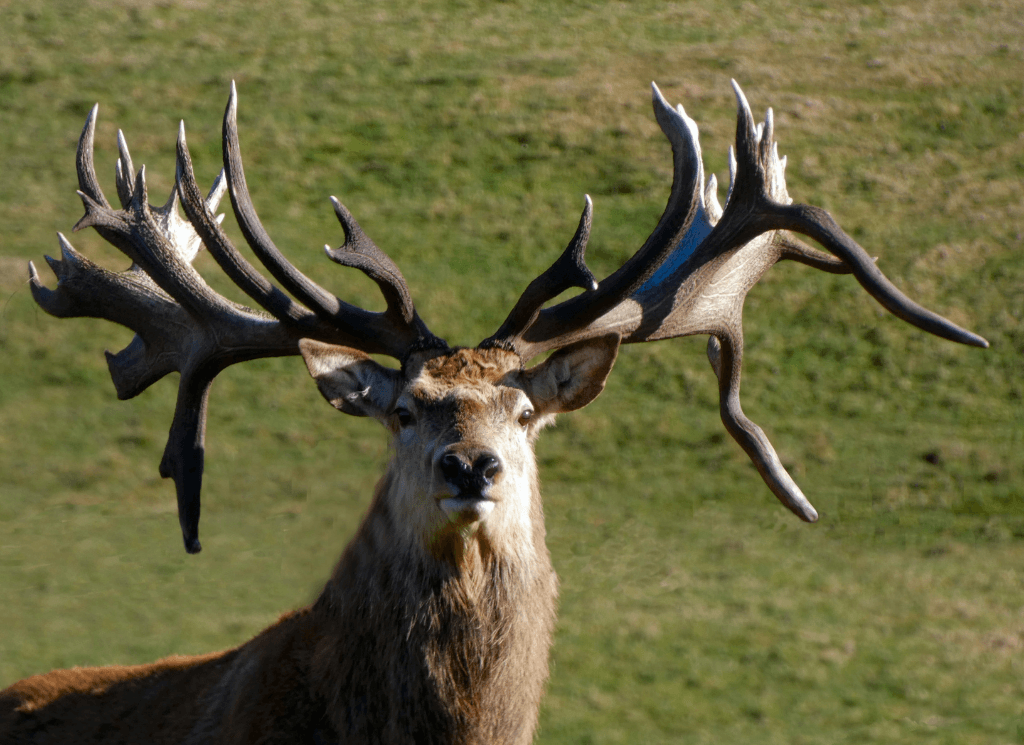
Red stag and fallow buck velvet heads are the most impressive of the four species because they have the largest antlers. At this time of year, the sharp tines are rounded off, the beams look swollen, and the non-rutting size of the animals accentuates the bulk of the antlers.
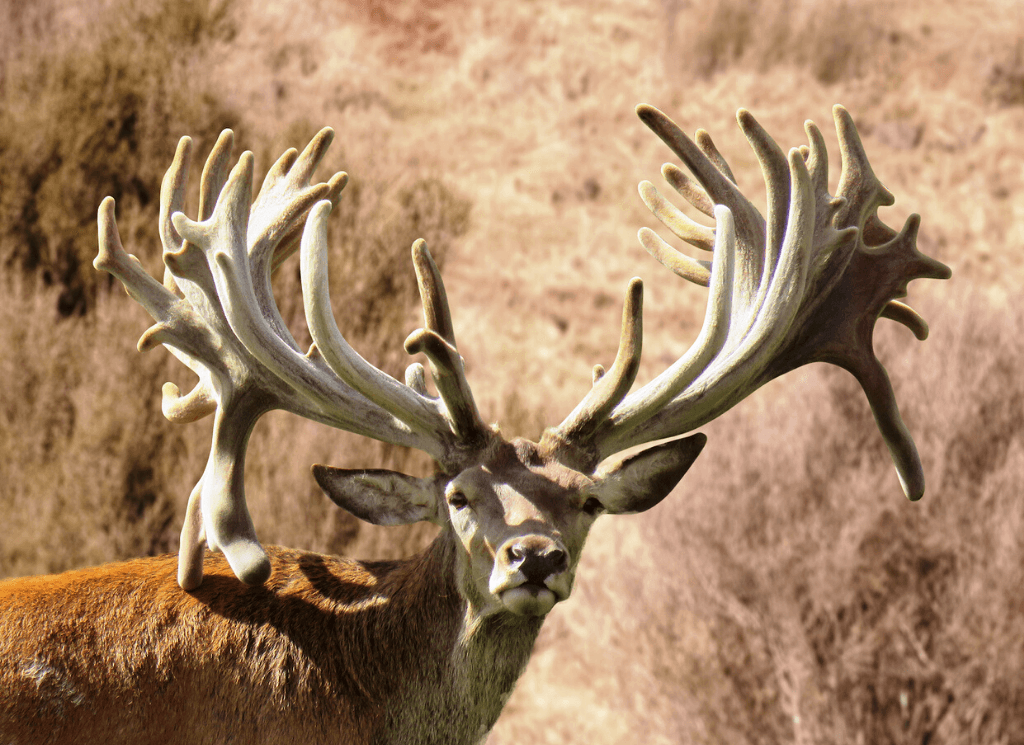
A trophy-antlered stag or buck is also very careful with his new headgear, as damage to the antlers in velvet will go through into the rut, disadvantage him, and will not be replaced until the following season when a new set grows in.
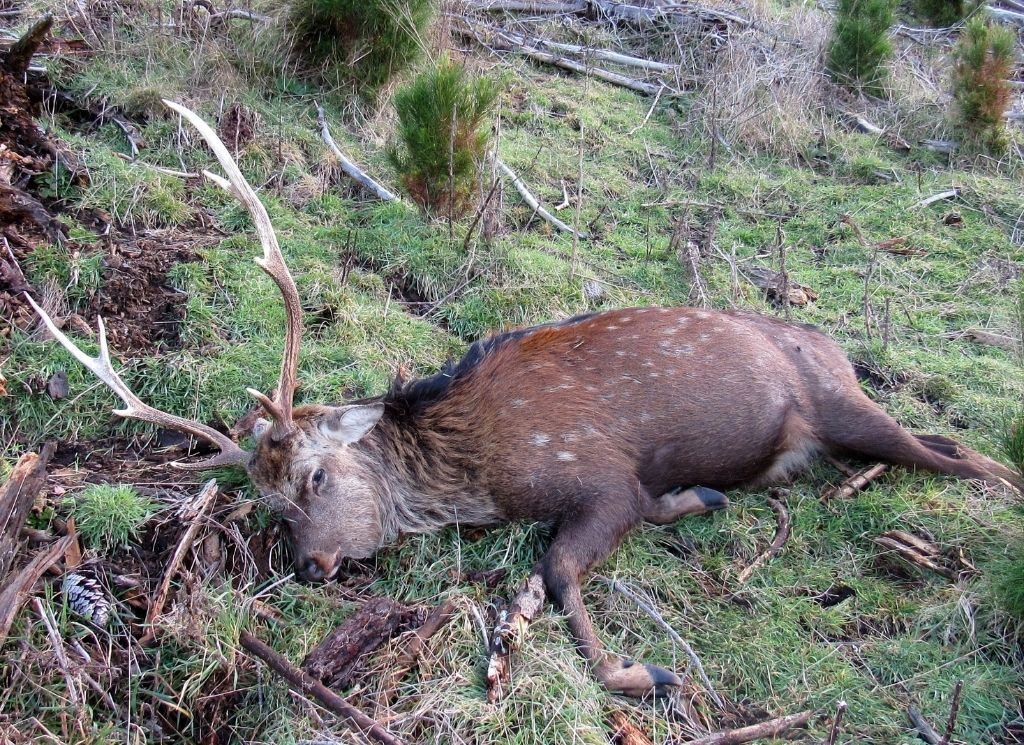
While discussing velvet it is interesting that individual New Zealand sika display antler differences because of their mixed sub-species ancestry. Poronui stags exhibit either blackish (Japanese strain) or reddish (Chinese strain) coloured velvet, and different antler shapes.
What is generally not realised is that injuries can affect antlers. An example of this was brought home to me when I shot a three-legged fallow buck missing a right front leg below the knee. The pain, inability to access food at velvet growing time, and stress had resulted in poor antler growth particularly in the left antler. The weak antler is often on the side opposite the injury.
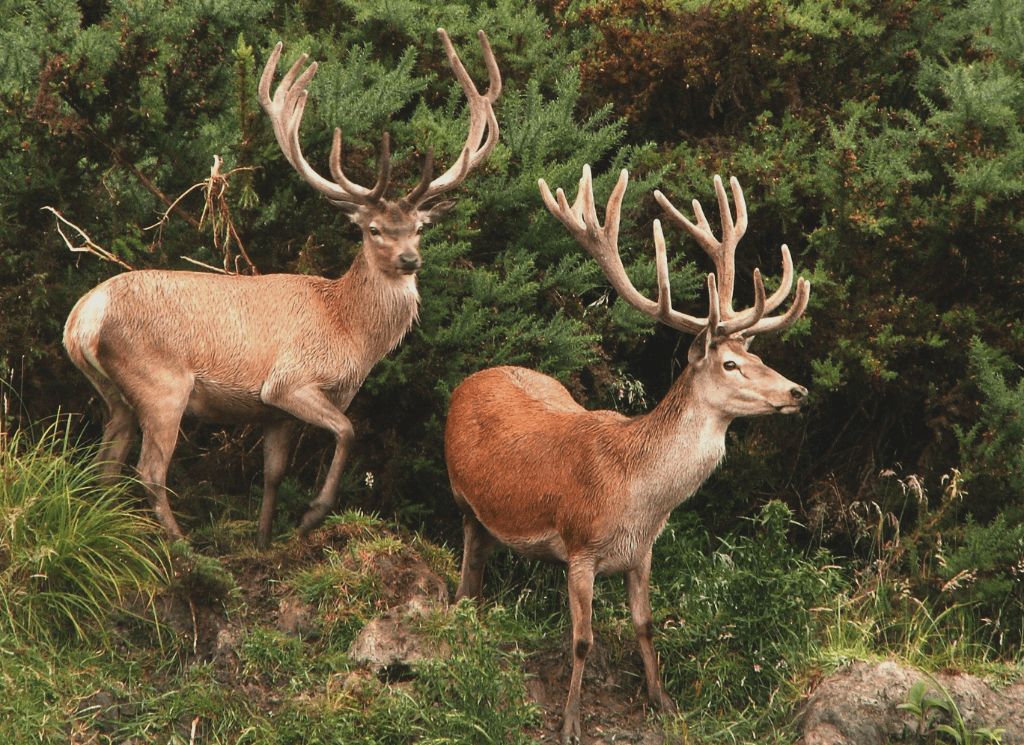
In the case of red stags, the antler growing that began back in spring is finished by early February, with mature animals stripping the velvet from their antlers completely by the end of the month. March heralds colder mornings, and as testosterone levels rise, the older stags move to their rutting range, stain their new antlers through tree thrashing and establish territories.
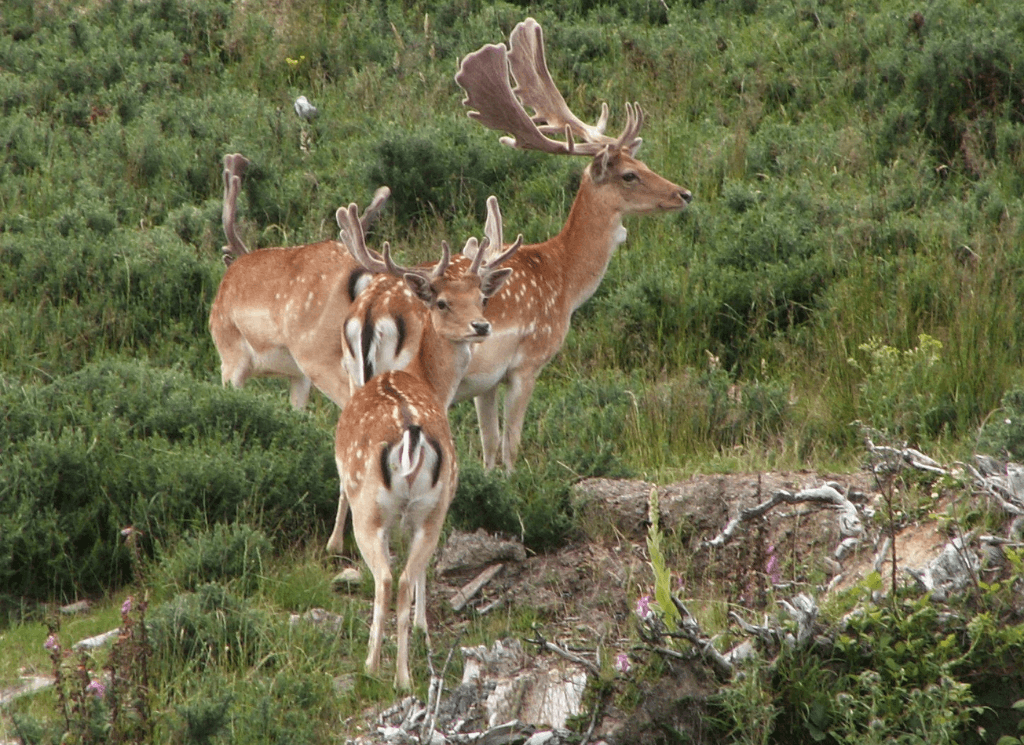
At this point, the two genders are about to merge once more.
Want to ask a question about Poronui, personalise your vacation with bespoke itinerary options or find out about available dates?
Simply fill in your name and contact email address with a short message and we will get back to you.